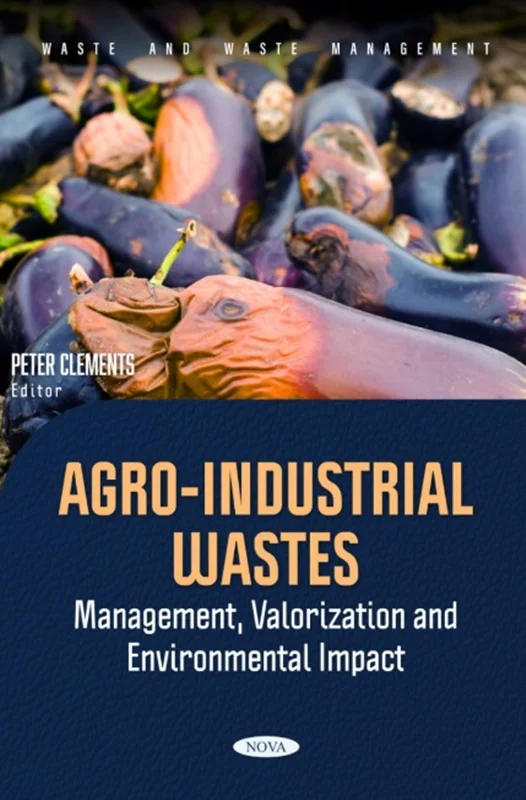Agro-Industrial Wastes: Management, Valorization and Environmental Impact
Peter Clements, 9798891136885, 979-8891136885, 979-8-89113-688-5, 979-8-89113-788-2, 979-8891137882, 9798891137882
This book contains seven chapters on agro-industrial wastes. Chapter one delves into the challenges and opportunities associated with the management of agro-industrial waste. Chapter two highlights the relative composition of mushroom by-products and their nutritional value. Chapter three reviews topics such as the structure and composition of the eggshell, the recovery of eggshells as a source of CaCO3, and the mechanisms for obtaining CaCO3 nanoparticles (NPs) through nanotechnological processes, as well as the characterization of the NPs obtained from this biomaterial, along with its uses and applications. Chapter four is an analysis to determine the economic feasibility of using Red Tilapia (Oreochromis spp.) viscera for extracting oil and producing dry chemical silage (DCS). Chapter five proposes to determine the environmental impact of the use of chemical silage of red tilapia (Oreochromis spp.) viscera as a source of protein in the preparation of food for broilers (Gallus gallus domesticus) of the Ross 308 line, which have demonstrated their effectiveness without altering the productive variables of the foods designed. Chapter six shows that using chemical silage from red tilapia viscera in laying hens’ feed is an economically feasible alternative in the constitution of a fish and poultry production system that generates higher profits than conventional production systems. Chapter seven focuses on determining the environmental impact of utilizing red tilapia (Oreochromis Spp.) viscera for producing chemical silage and incorporating it into the diet of laying hens, using the ecological footprint methodology as a sustainability indicator.


